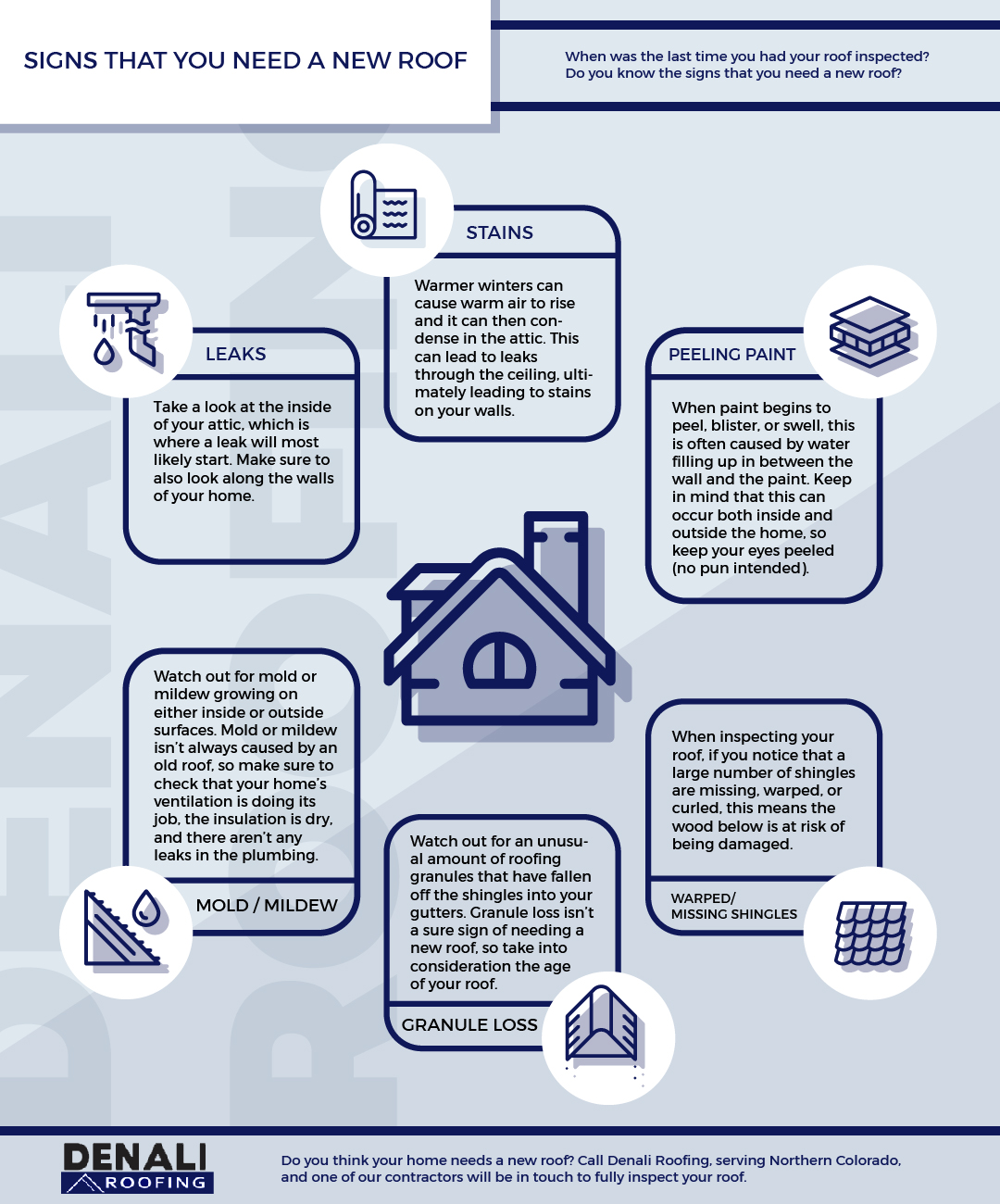The Duty Of Weather In Roof Covering Installation: Selecting The Right Seasons And Issues For Success
The Duty Of Weather In Roof Covering Installation: Selecting The Right Seasons And Issues For Success
Blog Article
Material Develop By-Terry Donnelly
When it comes to roof covering setups, the weather condition can make or damage the job. Think of the stress of handling products that will not coordinate because of extreme warmth or battling slippery surfaces brought on by unanticipated rainfall. Understanding the effect of weather on your roof task is vital for a successful outcome. So, let's check out exactly how various weather components can affect the top quality and resilience of your roofing system installment, making sure a task well done.
Impact of Temperature Level on Roof Installment
When it concerns roof covering installment, temperature level plays a critical duty at the same time. The ideal temperature level for roof covering tasks typically falls in between 45 and 85 degrees Fahrenheit. Severe heat can create materials like roof shingles to become too flexible, causing prospective damage throughout installment. On the other hand, chilly temperatures can make materials weak and vulnerable to cracking. It's important to set up roof installations during modest temperatures to guarantee the best result.
Throughout colder climate, professionals might need to take added safety measures such as making use of heated equipment or permitting materials to heat up prior to installment.
In contrast, hot weather may call for job to be done previously or later on in the day to prevent the peak temperatures. By thinking about the temperature and its impacts on roof materials, you can help ensure an effective installation that will certainly withstand the components for many years to find.
Effect of Precipitation on Roofing Projects
Roof covering tasks can be substantially affected by rainfall, influencing both the timeline and the top quality of the installment. Rain or snow can develop unsafe conditions, making it harmful for contractors to work with a wet surface. In addition, dampness can compromise the bond of products like tiles or underlayment, bring about prospective leakages or problems in the future.
If it rainfalls throughout a roofing job, the water can leak into vulnerable locations, creating hold-ups as the installation team should wait on the roof to dry prior to continuing. Too much moisture can additionally advertise the development of mold and mildew and mildew, further endangering the stability of the roofing system.
To avoid these issues, it's advised to set up roof covering jobs during drier periods or monitor the weather forecast closely to intend about any kind of prospective rainstorms. By taking Recommended Webpage to operate in positive climate condition, you can make sure a smoother and extra effective roof installation process.
Impact of Wind Speed on Installment Success
Throughout roofing system setup, the rate of the wind plays a critical role in determining the success of the job. High wind rates can pose significant challenges to roofing contractors, possibly resulting in safety dangers and top quality concerns. When wind speeds surpass recommended limitations, it becomes challenging to deal with products, increasing the threat of crashes and damages to the roofing materials. Solid gusts can additionally affect the accuracy of dimensions and the precision required for correct setup.
To ensure an effective roofing system installment, it's necessary to keep an eye on and consider wind speeds. Ideally, roof covering installment should occur on days with reduced to modest wind speeds. This not just boosts the safety and security of the employees but additionally enhances the overall top quality of the installment.
rain gutter companies near me san antonio tx scheduled throughout tranquil weather are more probable to be completed effectively and with fewer errors. By taking notice of wind speed projections and intending accordingly, you can help make certain a smooth and effective roofing installation procedure.
Verdict
So, when it pertains to roof covering installment, bear in mind to consider the weather conditions to ensure an effective task. Optimum temperatures, dry conditions, and moderate wind rates are essential variables to prioritize for a smooth installation process. By scheduling your job throughout the best periods and suitable climate condition, you can accomplish a durable and lasting roofing system that will certainly protect your home for many years ahead.
